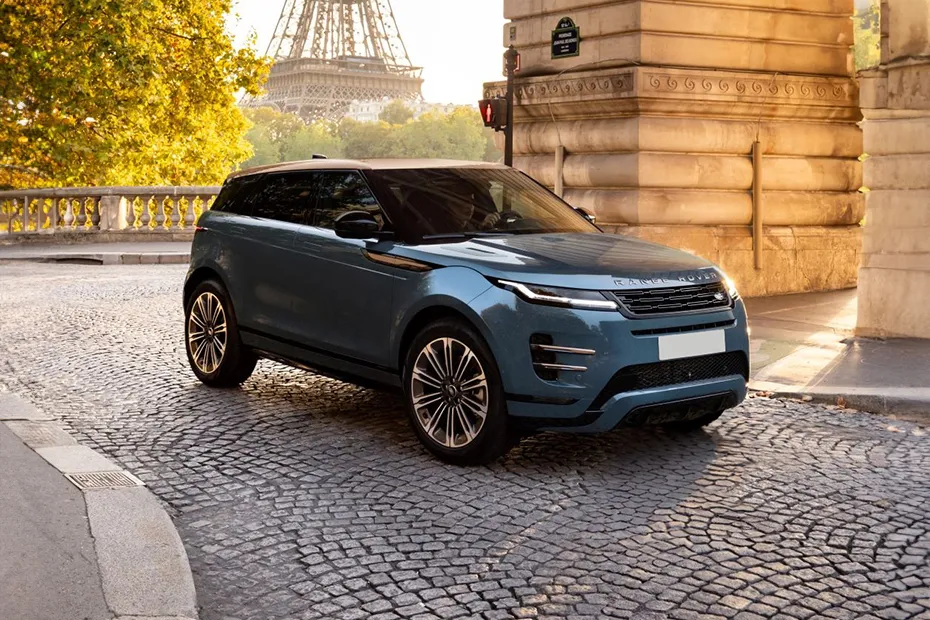Jaguar Land Rover (JLR) has announced a bold strategy to streamline its Jaguar lineup by discontinuing five models this year, citing a lack of profitability as the cause. This decision forms part of a broader pivot towards becoming a luxury, all-electric brand, with an emphasis on higher-margin vehicles and sustainable growth in the electric vehicle (EV) market.
Among the models facing the axe are the XE midsize sedan, XF large sedan/wagon, F-Type sports car, E-Pace compact SUV, and the I-Pace electric SUV. The only Jaguar model that will remain in production from the current lineup is the F-Pace midsize SUV, signaling a focused shift towards vehicles that align with JLR’s new strategic direction.
Adrian Mardell, CEO of JLR, emphasized during an investor day that these discontinued models were not contributing positively to the company’s success. By eliminating them, JLR aims to boost its average selling price, which currently hovers around $90,000. This move is expected to enhance profitability and support investment in new, more lucrative models built on the Jaguar Electrified Architecture (JEA).
The decision to phase out these models comes amidst JLR’s recent financial success driven by its high-profit models such as the Range Rover, Range Rover Sport, and Land Rover Defender. These vehicles have been pivotal in propelling JLR to its best annual profit since 2015, recording billions of dollars before taxes on record revenue of $29 billion.
Looking forward, JLR plans to introduce six new electric models over the next three years, with half of them being Jaguars. The first of these new-generation EVs, an electric version of the Range Rover, is set to debut next year and has already garnered significant interest from potential customers.
Mardell underscored that while the discontinued Jaguar models were not profitable, JLR’s strategy does not revolve around filling production quotas with lower-margin vehicles. Instead, the focus is on leveraging the brand’s luxury appeal and increasing sales of high-value, special edition models priced upwards of $1.5 million. This “halo strategy” aims to further elevate JLR’s brand image and profitability in key markets worldwide.
The shift towards electric vehicles and luxury branding marks a significant transformation for JLR, positioning the company competitively in the evolving automotive landscape. By concentrating resources on fewer, more profitable models and expanding its electric vehicle portfolio, JLR aims to capitalize on the growing demand for luxury EVs while maintaining financial sustainability and driving future growth.
In conclusion, JLR’s decision to discontinue five Jaguar models underscores its commitment to profitability, sustainability, and innovation in the luxury automotive sector. As the automotive industry continues to evolve towards electrification and luxury, JLR’s strategic realignment positions it strongly for future success in the global market.




